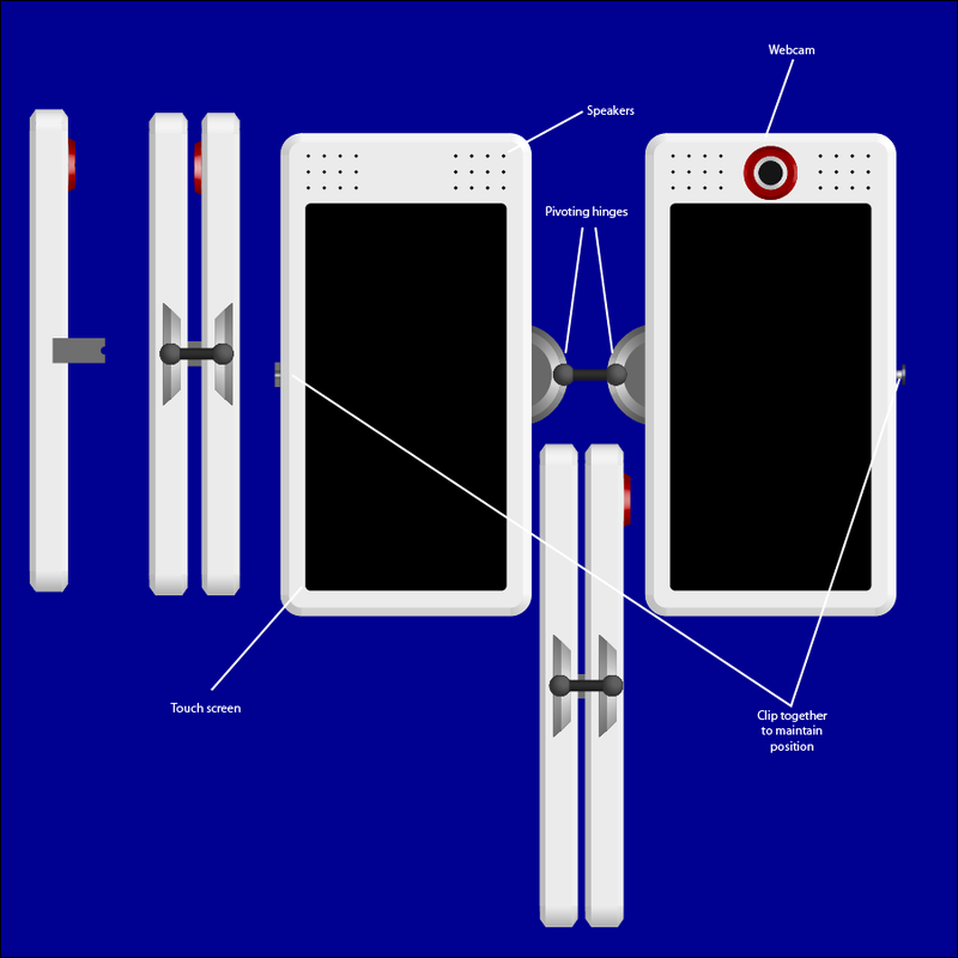Paul Janse writes that
Ilf and Petrov are underestimated as stylists. In my opinion their style is no worse than Bulgakov’s and certainly better than that of Solzhenitsyn and Pasternak.
I agree with that completely. Unfortunately for a non-Russian reader, there is no definitive translation of their masterpiece Золотой телёнок (the follow-up to Двенадцать стульев, in case you don’t know). I just learned from Russian Wikipedia that the novel was first serialised in the Soviet literary magazine Тридцать дней throughout 1931. Curiosly, it was first published as a book entitled The Little Golden Calf in 1932 by Farrar & Rinehart, New York, in English translation by Charles Malamuth, before it appeared as a single edition in Russian (1933).

Город всегда любил живопись, и четыре художника, издавна здесь обитавшие, основали группу «Диалектический станковист». Они писали портреты ответственных работников и сбывали их в местный музей живописи. С течением времени число незарисованных ответработников сильно уменьшилось, что заметно снизило заработки диалектических станковистов. Но это было еще терпимо. Годы страданий начались с тех пор, когда в город приехал новый художник, Феофан Myхин.
Первая его работа вызвала в городе большой шум. Это был портрет заведующего гостиничным трестом. Феофан Мухин оставил станковистов далеко позади. Заведующий гостиничным трестом был изображен не масляными красками, не акварелью, не углем, не темперой, не пастелью, не гуашью и не свинцовым карандашом. Он был сработан из овса. И когда художник Мухин перевозил на извозчике картину в музей, лошадь беспокойно оглядывалась и ржала.
С течением времени Мухин стал употреблять также и другие злаки.
Имели громовой успех портреты из проса, пшеницы и мака, смелые наброски кукурузой и ядрицей, пейзажи из риса и натюрморты из пшена.
Сейчас он работал над групповым портретом. Большое полотно изображало заседание окрплана. Эту картину Феофан готовил из фасоли и гороха. Но в глубине души он оставался верен овсу, который сделал ему карьеру и сбил с позиций диалектических станковистов.
The city had always loved painting, and four artists who had inhabited the town from time immemorial had formed the group The Dialectical Easel Painters. They painted portraits of managerial staff and fobbed them off on the local art museum. As time passed, the number of managers who hadn’t been drawn yet dropped significantly, which lessened the Dialectical Easel Painters’ earnings noticeably. But they could have lived with that. The real suffering began as soon as the new artist Feofan Marmeladov arrived in town.
His first work caused quite a stir. It was a portrait of the director of the local hotel trust. Marmeladov left the Easel Painters far behind. The director of the hotel trust was portrayed neither in oil paint, nor in watercolor, nor in charcoal, tempera, pastels, gouache, or lead pencil. He was constructed out of oats. And when the artist Marmeladov carted his picture off to the museum in a horse-cab, the horse kept looking around restlessly and snorting.
In the course of time, Marmeladov started using other grains, too. Portraits in wild millet, wheat, and poppyseeds, daring sketches in corn and buckwheat, landscapes in rice and still-lifes in millet all enjoyed thunderous success. Now he was working on a group portrait. The large canvas depicted a meeting of the District Planning Committee. Feofan was concocting this picture with beans and peas. But in his heart of hearts he remained true to the oats that had made his career and knocked the Dialectical Easel Painters off their pedestal.






